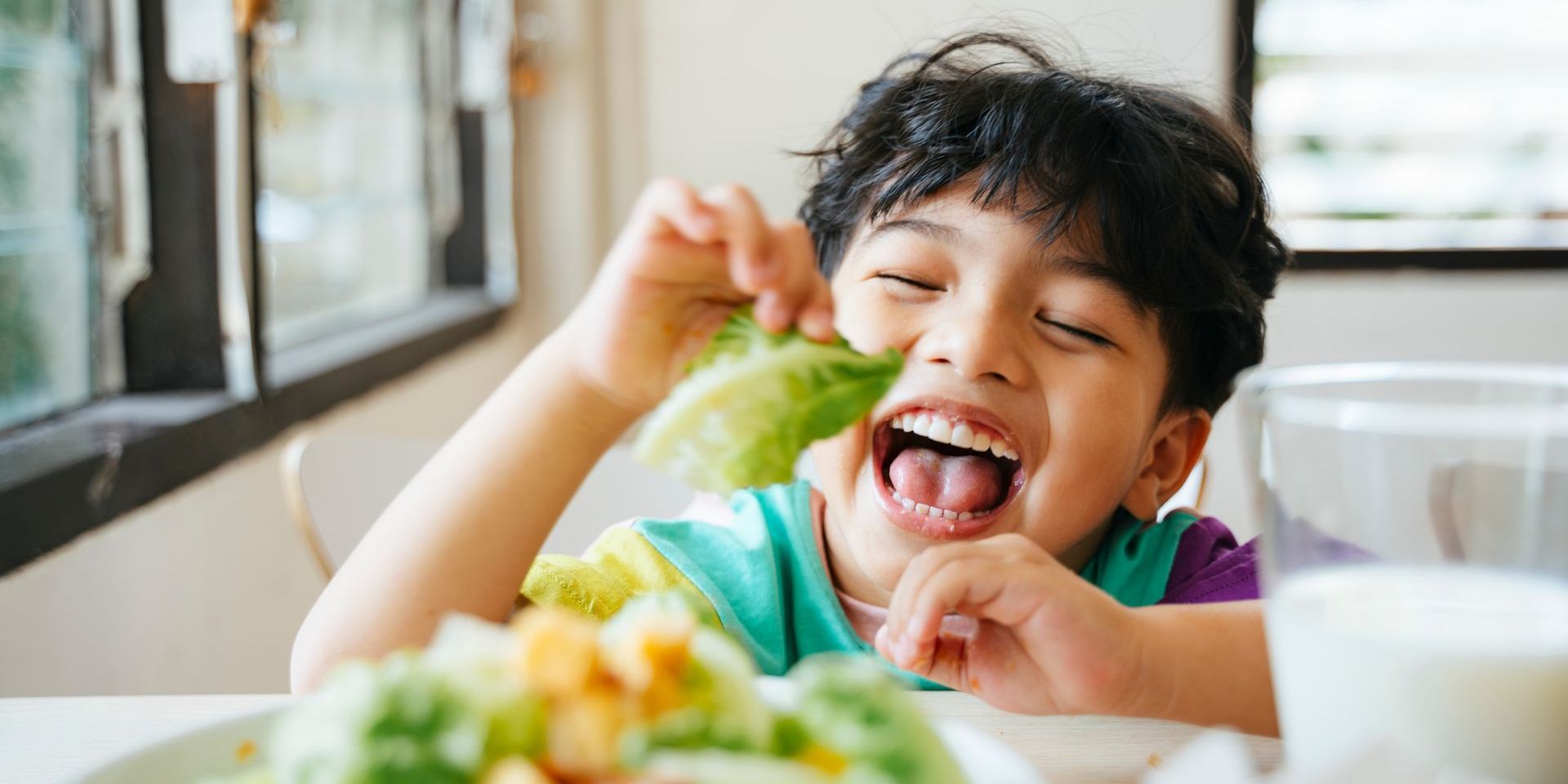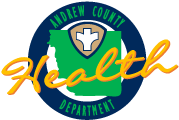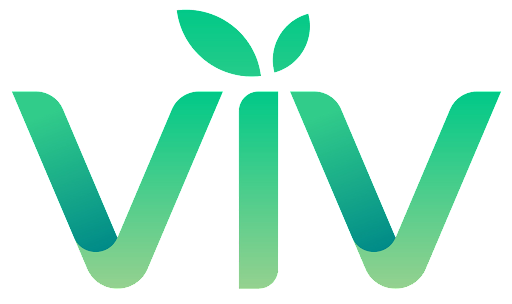Eat Healthy
- Mon - Fri
- -
- Sat - Sun
- Closed

Eat Smart, Live Well
Eating healthy is a journey that can make you feel better, increase your energy, and improve your overall well-being. At the Andrew County Health Department, we want to provide you with practical tips and advice to help you make healthier food choices. Whether you're looking to add more fruits and vegetables to your meals, switch sugary drinks for water, or learn how to read nutrition labels, we’re here to help guide you toward a healthier lifestyle.
Tips to Eat More Fruits and Vegetables
Incorporating more fruits and vegetables into your diet is easier than you might think! Here are some simple ideas to get you started:
- Pre-cut and Prep: Wash and chop fruits and vegetables ahead of time so they’re ready for quick snacks.
- Keep them Visible: Store fruits and veggies in the fridge or on the counter where you can see them.
- Add to Meals: Ask for extra veggies on sandwiches, or blend fruits into yogurt smoothies for an easy snack.
- Serve with Dips: Pair raw veggies with low-fat or nonfat dips for a satisfying snack.
Remember to eat a rainbow of fruits and vegetables—different colors provide different nutrients essential for your health!
Add Color to Your Meals!
Fruits and vegetables not only add vibrant color to your dishes, but they also provide a wide range of nutrients. Here’s how each color group helps your body:
- Red Fruits and Vegetables: These are heart-healthy, help improve memory, and reduce the risk of certain cancers. Try adding red peppers, tomatoes, and strawberries to your meals!
- Green Fruits and Vegetables: Rich in vitamins and phytochemicals, these foods promote eye health, strong bones, and help lower cancer risks. Choose darker greens like spinach, kale, and broccoli for the most nutrients.
- Orange Fruits and Vegetables: Packed with antioxidants, vitamin A, and fiber, these vibrant foods support eye health, skin health, and heart function. Carrots, sweet potatoes, and oranges are all excellent choices.
- Blue and Purple Fruits and Vegetables: Full of anthocyanins, these foods help protect your cells and may reduce the risk of cancer and heart disease. Blueberries, grapes, and eggplants are great additions to your diet.
Incorporating Calcium into Your Diet
Calcium is essential for strong bones and teeth, and it’s easy to add to your diet with a few simple changes:
- Serve low-fat or non-fat milk at meals.
- Keep milk ice cold to encourage kids to drink more.
- Try using nonfat yogurt as a dip for fruit, or make a smoothie by blending frozen fruit with yogurt and non-fat milk.
- Create your own parfaits by layering fruit and yogurt in a glass and topping with whole grain cereal.
MyPlate: Your Guide to Healthy Eating
MyPlate is a helpful tool to guide you in creating a balanced and nutritious eating style. It emphasizes:
- Variety: Eat from all five food groups each day.
- Portion Control: Focus on the right amount of food for your age and activity level.
- Reducing Unhealthy Ingredients: Choose foods with less saturated fat, sodium, and added sugars.
Start with small changes—each step you take towards a healthier diet is a win!
Switch to Water
Drinking water is one of the easiest ways to improve your health. Here are some tips to help you reduce sugary drinks:
- Drink water between meals instead of soda or juice.
- Carry a reusable water bottle with you to stay hydrated on the go.
- Keep a pitcher of water in the fridge with slices of lemon, lime, or orange for a refreshing twist.
- If your kids play sports, make water the go-to drink, not sugary “sports drinks.”
Teach Kids How to Read Nutrition Labels
Teaching children how to read nutrition labels can set them up for a lifetime of healthy choices. Start with the basics:
- Calories: Look at the number of calories per serving to avoid overeating.
- Serving Size: Compare the serving size to how much you actually eat.
- Nutrients: Check for nutrients like fiber, protein, vitamins, and minerals. Look for options that are higher in beneficial nutrients and lower in added sugars and sodium.
By taking these small steps, you’ll be on the path to better health for yourself and your family!
Take the First Step Toward a Healthier You Today!
Eating healthy isn’t just about the food you eat—it’s about creating habits that lead to a healthier, happier life! Explore more tips right here on our website, and feel free to reach out for personalized advice. We're here to support you on your journey to better health!
Additional Resources
Need Assistance?
Have questions or need guidance? Our team is here to help! Reach out today and let us support your health and wellness journey.
Contact Us
info@andrewcountyhealth.com
106 North 5th Street, Savannah, Missouri 64485, USA
- Mon - Fri
- -
- Sat - Sun
- Closed



